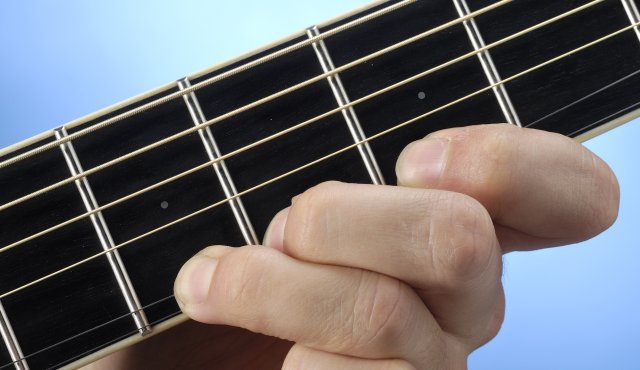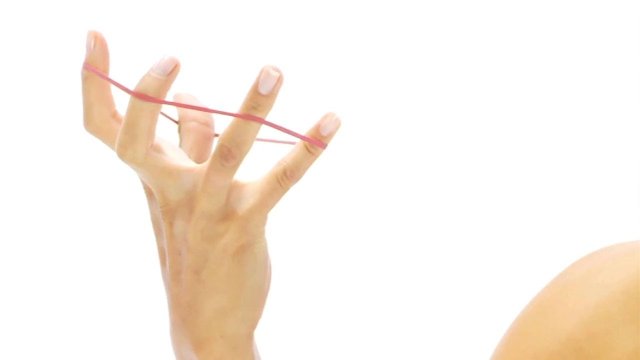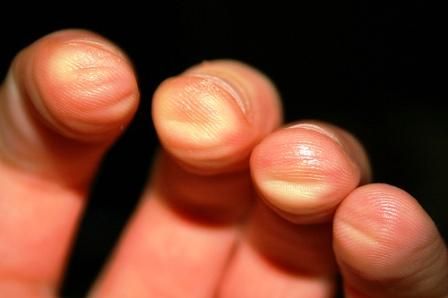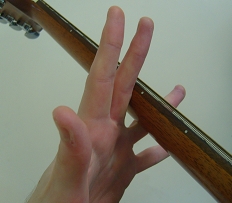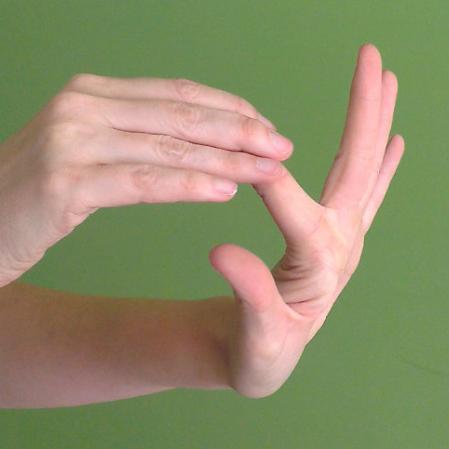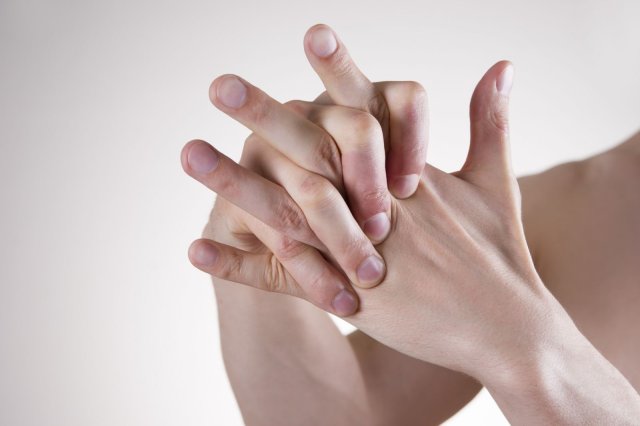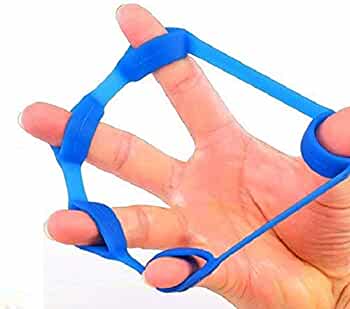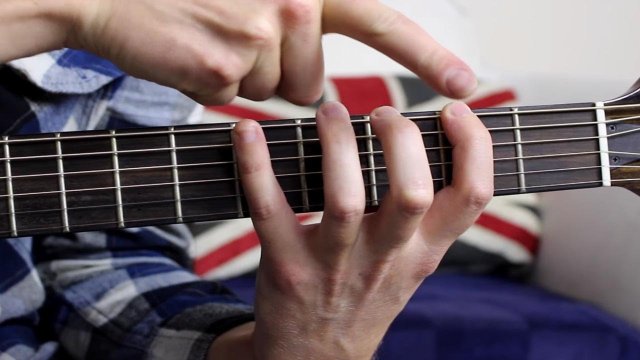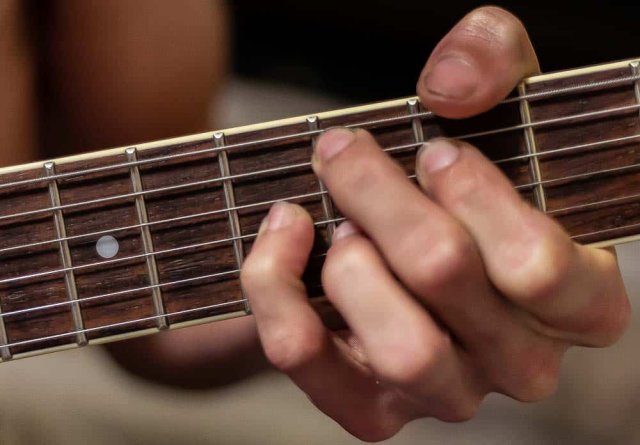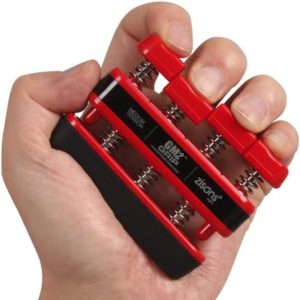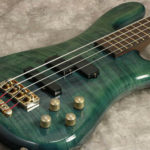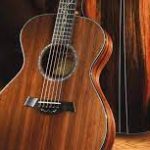Guitar Finger Strength
This site contains affiliate links, which we receive a commission from any sale or purchase, and are of no cost to you. As a participant in the Amazon Services LLC Associates Program, affiliate links will redirect you to Amazon.com and its affiliate sites. Please read our DISCLAIMER for more information
One thing that a guitarist or bassist can do for their technique is build up strength in their hands and fingers. Finger flexibility is necessary in order to play barre chords, solos and scales. It is important to do the right exercises, and understand that the wrong ones, will hurt you.

